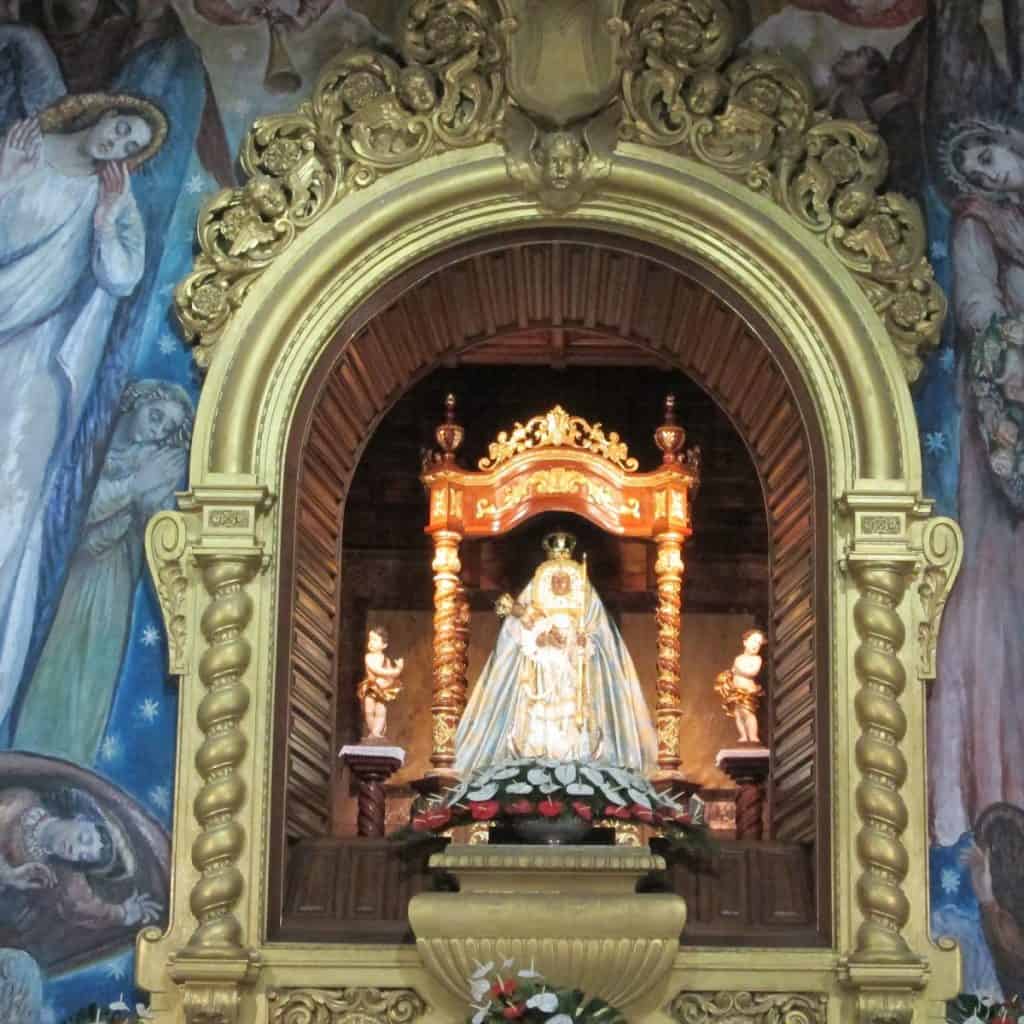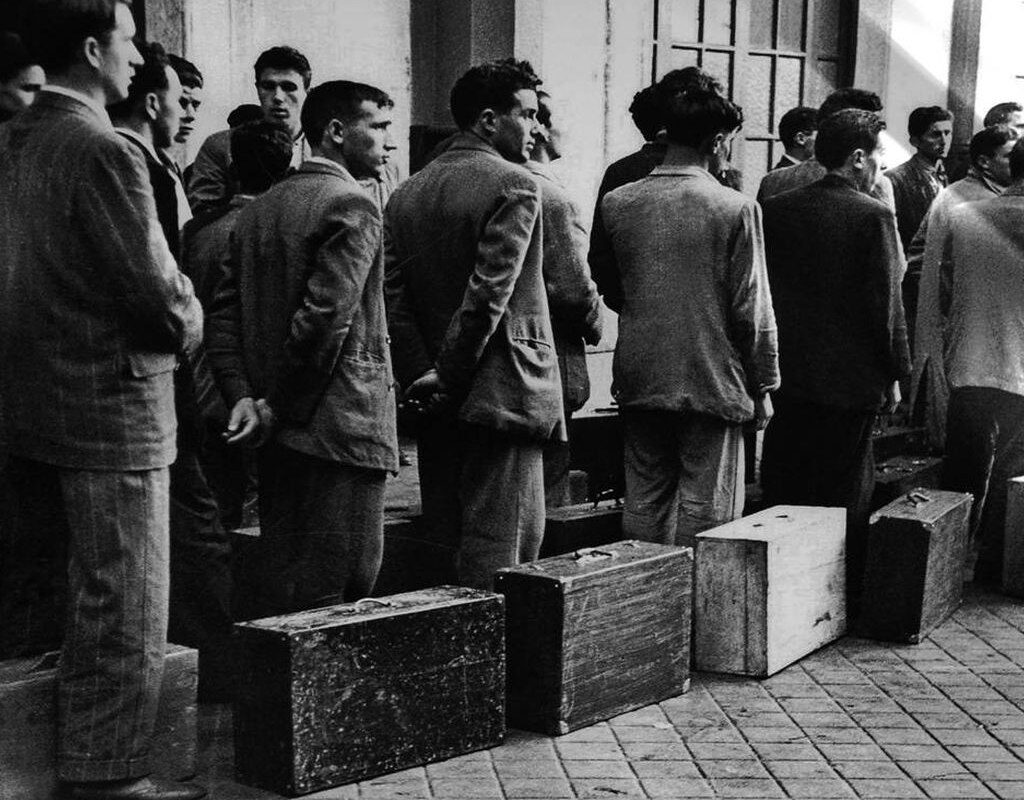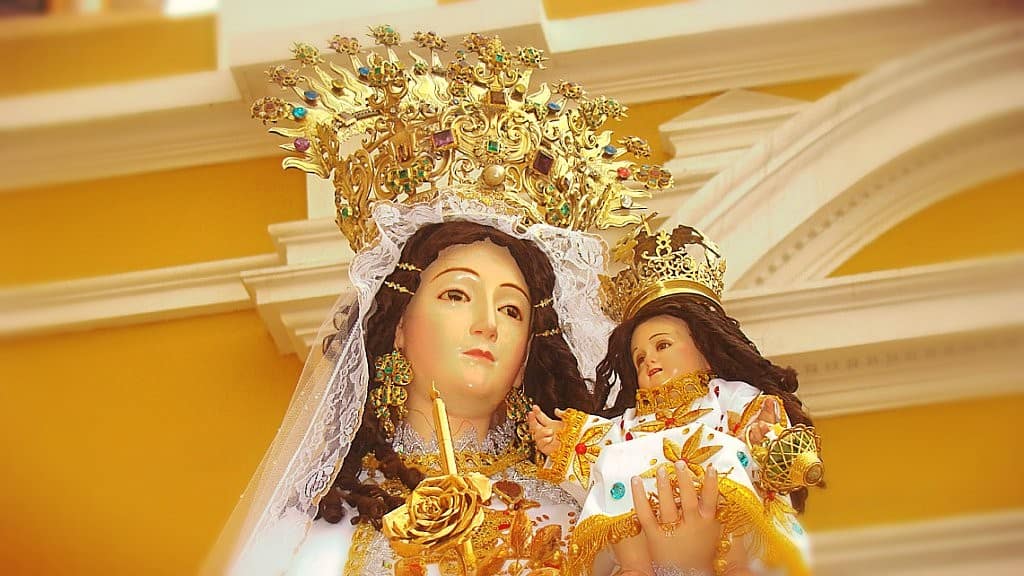Miracle of General Juan Bautista Arismendi
General Juan Bautista Arismendi was severely wounded when he was shot in the chest and forced to roll down the hill during the valiant Battle of Matasiete in 1816, which immortalized the bravery of the gallant people of Margarita against the wrath of Palo Morillo.
The men were in a state of shock when they saw their leader dead amid an enemy force that was superior to the rebels. A cry of hope was heard and the men who had rushed to save Margarita’s hero shouted, “A miracle!”.
Surprisingly, the fatal bullet was miraculously stopped by a medal of the Virgin of the Valley that Arismendi always wore on his chest, preventing it from penetrating his chest.
Since then, the impeccable image of the Virgin Mary has been embroidered on the patriotic banners raised by the heroic people of Margarita. Since then, she has earned the title of Patroness of the East and of the Margarita Liberation Army, whose spotless image has raised the flags in every combat.
The “Patriotic Virgin”, as she was then known, was created by the sacristan Esteban Gómez and taken to the church of the small town of Santa Ana del Norte to bless Simón Bolívar upon his arrival in Margarita during his First Expedition from Los Cayos de San Luis in Haiti.
When Bolivar was elected as Supreme Chief of the Liberating Army on May 6, 1816, he began his unstoppable march towards the mainland to liberate a continent under the gaze of the Patroness of Margarita.
There are several stories of fishermen and islanders who visit the hermitage of El Valle to light a candle to the Virgin and give an offering in her honor, asking, among other things, for the welfare of a loved one or the devotee himself, as well as the resolution of economic problems.
Many residents of El Valle claim to have seen numerous miracles performed.
According to Father Luis Serrano, parish priest of the basilica, some parishioners come to the church in the hope that the Virgin will remedy some health problem, although many do not send her their petitions.
He goes on to say that the Virgin once did him the favor of returning safe and sound a relative of a follower who had been kidnapped.
Advocations of the Virgin of Valle
Catamarca – Argentina
In San Fernando del Valle de Catamarca, the capital of the province is located the Cathedral Basilica of Our Lady of the Valley.
Every year, on December 8th – the day of the Immaculate Conception of Mary and 15 days after Easter – the festivities of the Virgin of the Valley are celebrated.
Both events attract large crowds of Marian devotees, many of whom travel to Catamarca on foot or horseback from different cities and provinces across the nation due to their intense religious convictions.
The Virgin was designated National Patroness of Tourism during Perón’s presidency because the processions in her honor are the most numerous in northern Argentina.
Santiago of Estero – Argentina
On August 15, the diocese of Añatuya, in the province of Santiago del Estero, honors Our Lady of the Valley, who is also the patron saint of that area.
Saldaña – Spain
She has been designated eternal mayor of Saldaña and has been declared the patron saint of the city and its surroundings.
Her feast day is commemorated on September 8 with a mass and a procession through the meadow surrounding the sanctuary. In August she is taken in procession from her sanctuary to the church of Saldaña, where a novena is held in her honor.
The Junta de Castilla y León has designated these celebrations in her honor because of their importance to tourists in the area. Her mythology dates back to the year 754 when the Catholic King Alfonso I overthrew an Arab citadel with the help of the Virgin.
He built a chapel in the place where he had camped and had the Virgin enthroned on the saddle of his horse in exchange for this help.
Alcala del Valle – Spain
The patron saint of Alcalá del Valle is named after her. In the hermitage in honor of the Virgen del Valle is worshiped on May 1, the Virgin is carried in a cart pulled by oxen and accompanied by the whole town to the Convent of Caos Santos as part of a pilgrimage in her honor.
On September 8, the feast of the Virgen del Valle is celebrated. The Patron Saint is carried in procession through the town after having been dedicated using a novena at the beginning of the week.
Llamas de Cabrera (Leon) – Spain
A few kilometers from the hamlet, the hermitage is surrounded by large mountains, like the rest of the area. On rare occasions, the image of the patron saint of the village is carried in procession to the hermitage to greet the Virgen del Valle.
The locals have a strong religious belief and devotion to this Virgin and traditionally hold large pilgrimages every year (if bad weather does not ruin them). These celebrations include numerous masses celebrated throughout the day, a procession of the Virgin, dances with orchestra and sporting events,…
All of this is topped off with a joyful day full of food and snacks, as well as the reunion of family and friends who travel from nearby towns and more distant localities.
Although it was formerly celebrated on the Monday following the first Sunday, this pilgrimage has been commemorated for many years on the first Sunday following Easter.
However, due to the emigration of the cabreireses in search of a better life, it was decided to move the celebration to Sunday to facilitate the attendance of the locals of the most distant localities.
On the first Sunday of August, a new pilgrimage is commemorated for the same reason. That day is usually called “Fiesta del Emigrante”. The followers of the Virgin of the Valley who could not attend the pilgrimage in spring because of its remoteness travel again during this festival.
Cenicero La Rioja – Spain
An 18th-century Baroque structure, the Chapel of the Virgin of the Valley is located in the heart of Cenicero (La Rioja, Spain).
Its interior features a central altarpiece with a 13th-century carving of the Virgin of the Valley, the patron saint of the town, to whom the residents of this town have a special devotion and two 18th-century altarpieces dedicated to San Antón and San Isidro.




